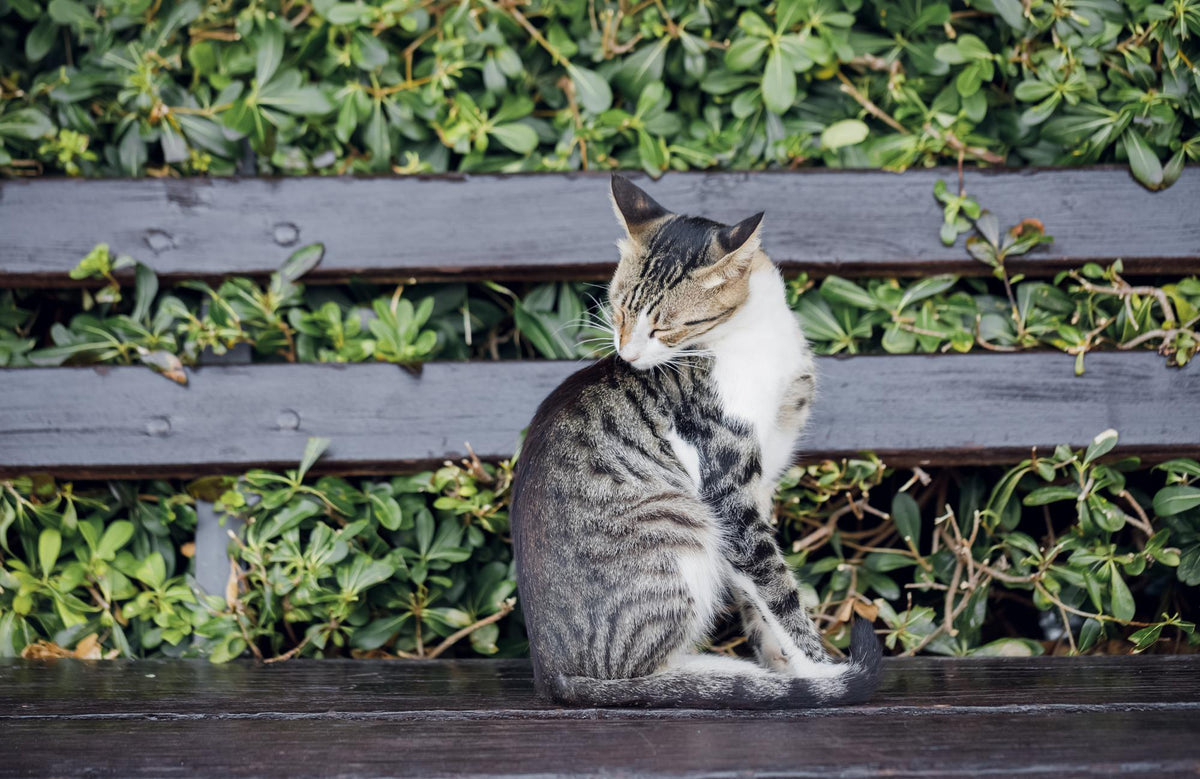Domestic Shorthair: Origins, Personality, and Care

The alley cat, also known as the domestic cat, is the most common feline in France. Although not recognized as a breed in its own right, it stands out for its diversity in morphologies, coat colors, and its adaptable character.
- Origins and History
- Physical Characteristics
- Character and Behavior
- Care and Hygiene
- Diet
- The alley cat at a glance
Origins and History

The alley cat descends from the wild cat domesticated by humans several millennia ago. Its physical evolution results from random crossbreeding with other felines over the centuries. Originally used to hunt rodents in farms and ships, it adapted to urban life by exploring rooftops, from which it gets its name.
Physical Characteristics
- Size: 30 to 35 cm
- Weight: 3 to 7 kg
- Coat: Short, medium, or long
- Color: All colors are allowed
Character and Behavior
The alley cat is known for its independence and adaptable character. It can be affectionate and playful but also very autonomous. Its behavior varies greatly depending on its past, weaning, and socialization. It can be both an excellent hunter and a homebody companion, loving naps near a radiator.
Diet
The alley cat does not have specific dietary needs, but it is recommended to offer a balanced diet composed of quality kibble and wet food. Ensure it has plenty of fresh water, and avoid giving it milk, as adult cats often poorly digest lactose.
Nutritional Needs
The nutritional needs of the alley cat are similar to those of other domestic cats:
- Quality proteins: Essential for overall health and muscle development.
- Healthy fats: Provide energy and contribute to a shiny coat.
- Fiber: Aid digestion and maintain intestinal health.
- Vitamins and minerals: Support the immune system and the cat's overall health.
Care and Hygiene

The care of the alley cat depends on the length of its coat. Weekly brushing is generally sufficient, but it may be necessary to brush more frequently during shedding periods. Also monitor its teeth and ears, as the accumulation of tartar or earwax can lead to health problems.
The Alley Cat at a Glance
FAQ
The alley cat can be very affectionate, but this greatly depends on its past and personality. Some love cuddles and petting, while others prefer to keep their distance.
In general, the alley cat is sociable and can coexist with other animals, provided they are introduced gradually and its need for independence is respected.
The alley cat is easy to maintain. Weekly brushing is sufficient, but more regular care may be necessary for long-haired cats.
Yes, the alley cat can live very well in an apartment, but it will need mental and physical stimulation to avoid boredom. Secure outdoor access is a plus.
The alley cat is generally robust but can be prone to certain diseases like feline calicivirus or hypertrophic cardiomyopathy. Regular veterinary check-ups are recommended.

